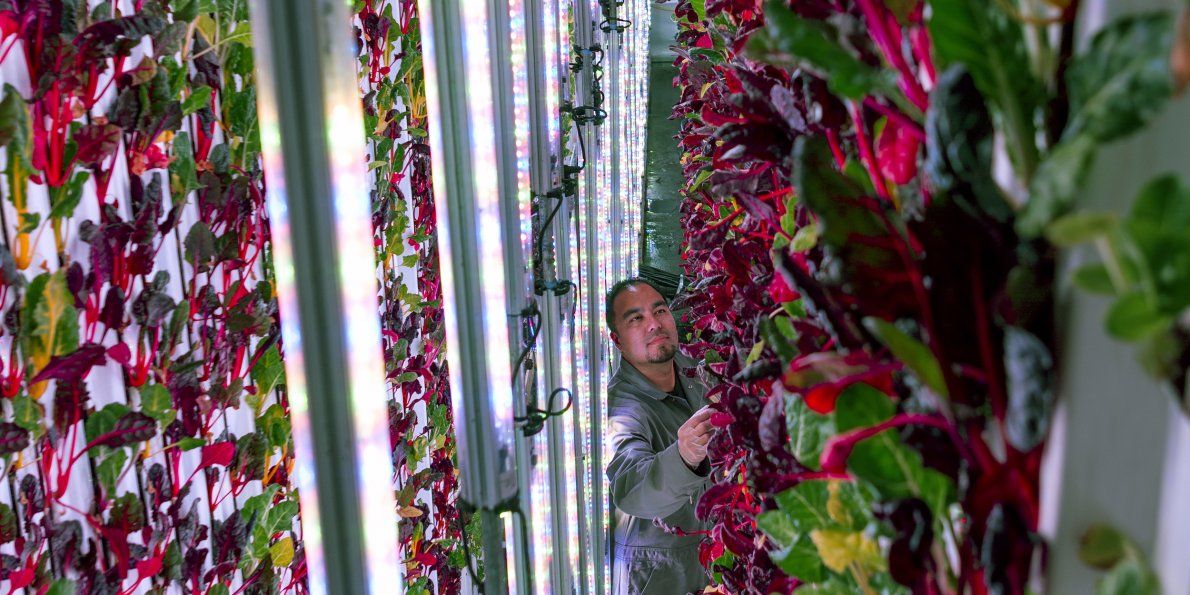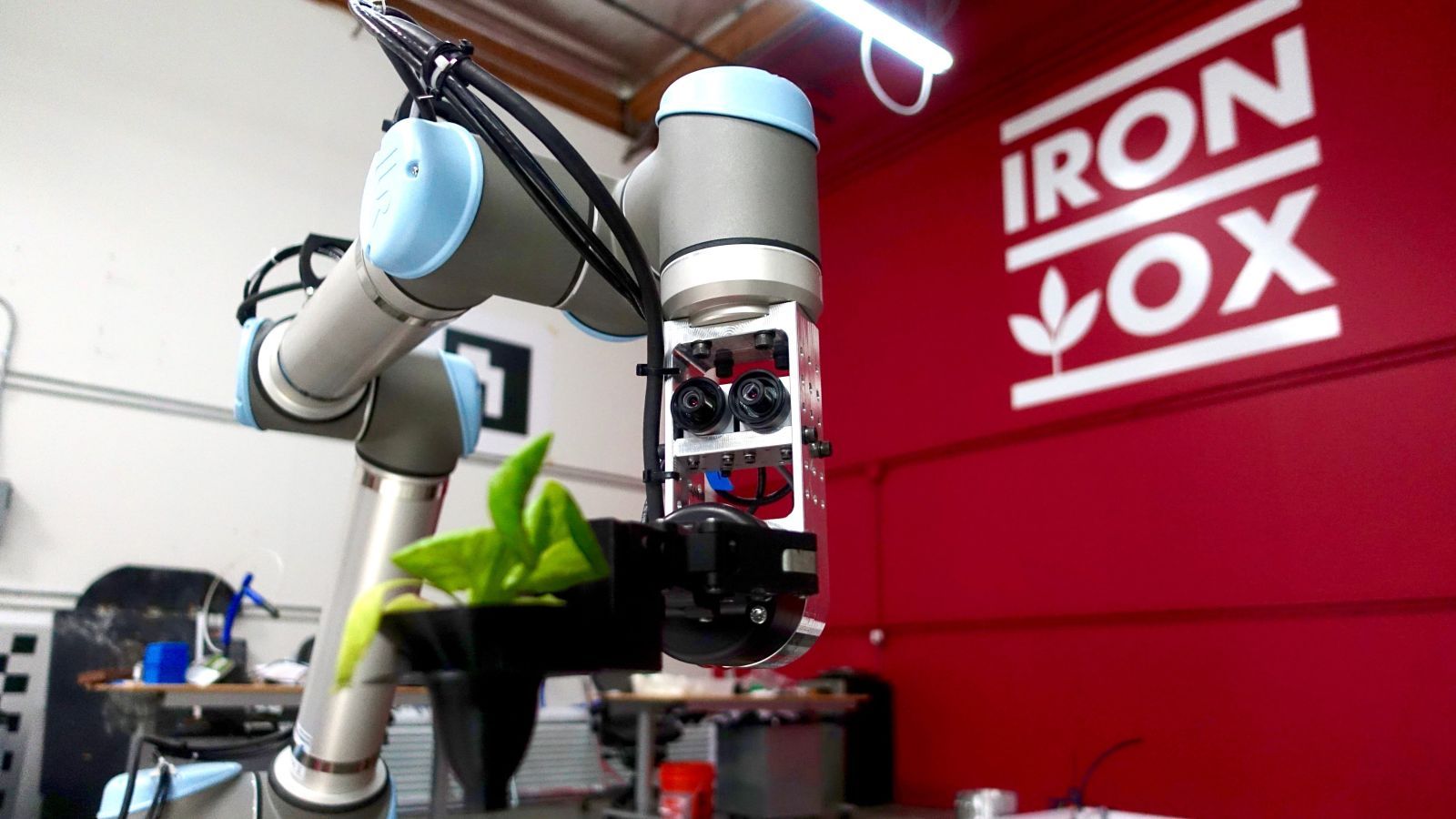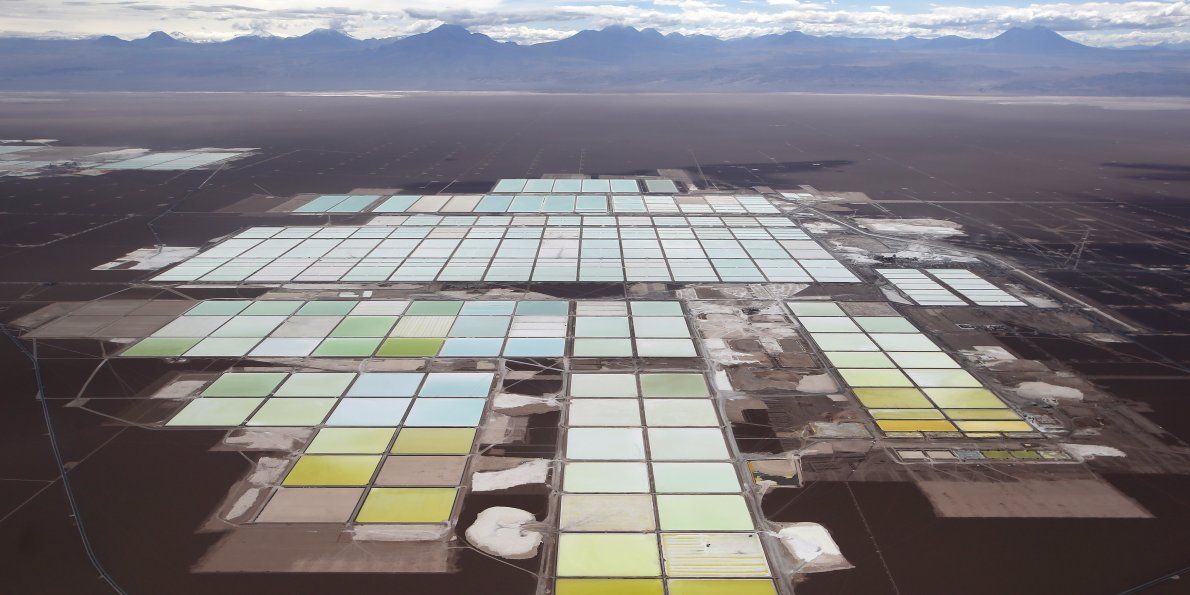Letters from a time capsule opened in the Russian city of Novorossiysk have revealed that Soviet students in 1967 believed their peers in 50 years time would be living on other planets and eating ice cream for free, while their homework will be done by machines.
Hundreds of time capsules were laid across the USSR in 1967 as the country celebrated half a century since the Russian Revolution, which eventually led to the creation of the Soviet state. Those messages, containing the accounts of Soviet people’s lives and their messages to descendants, are being opened in Russia this year, coinciding with the 100th anniversary of the events of 1917.
READ MORE: Cruiser Aurora fires at Winter Palace 100 years ago, signals peak of Russian Revolution.







